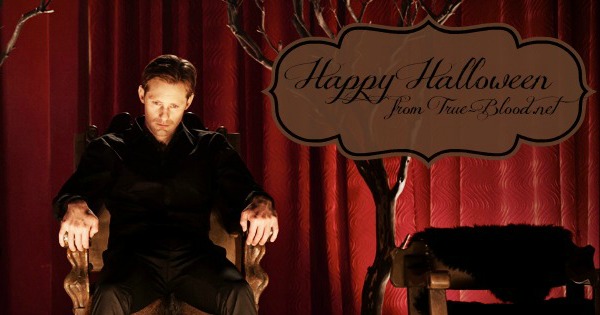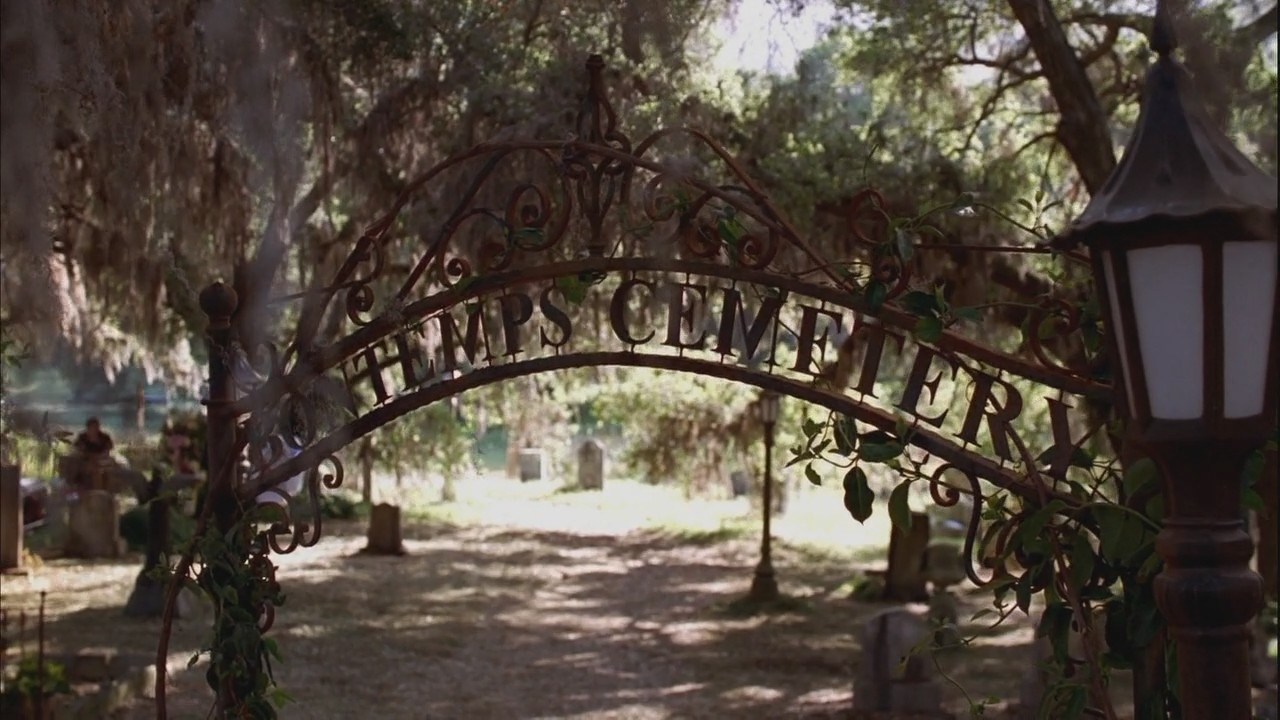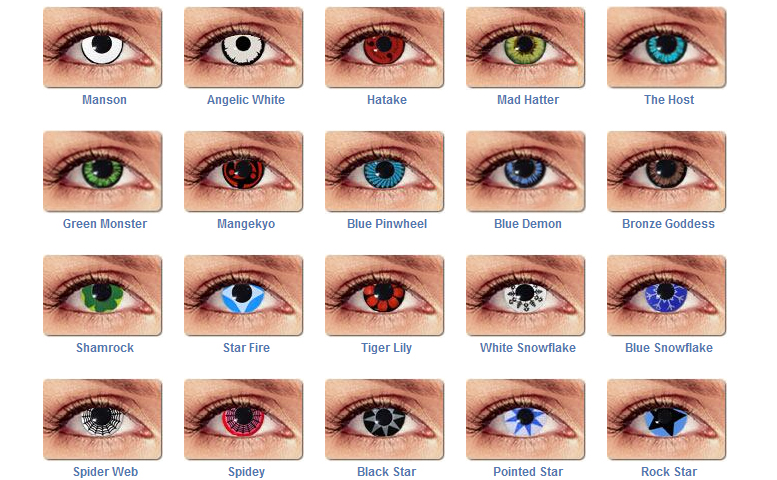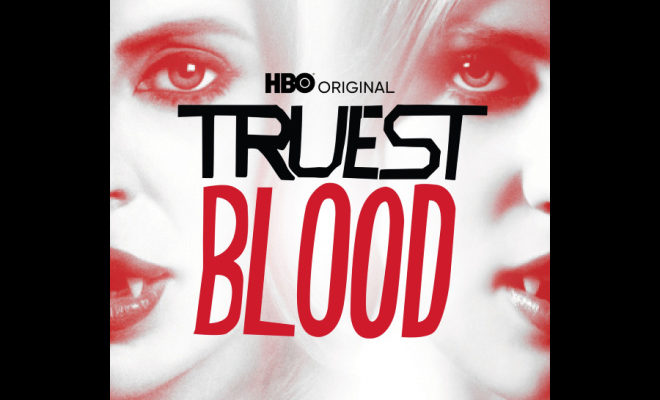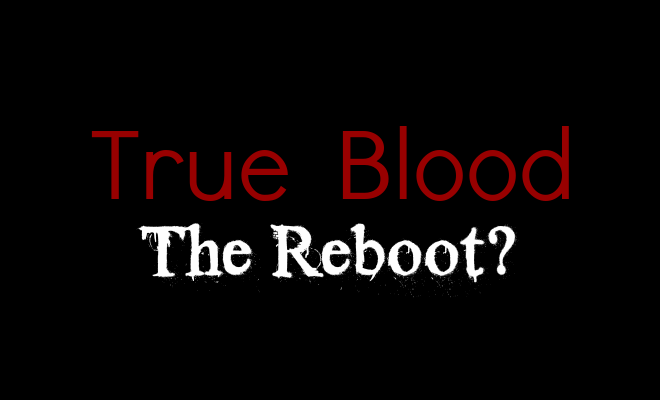Halloween Mythology: Samhain – The Origins of Halloween Part 3
Tricks, Treats, and Jack O’Lanterns
The most common tradition in the celebration of today’s Halloween has a wonderful history and tradition. In the days of early Christianity, after the Pagan Holiday was transformed into Christian feast day, it was a common practice of the poor to beg for alms or food in exchange for prayers for their beloved dead. Gift givers who gave with a cheerful heart were blessed, those who gave grudgingly or not at all were likely to be beset by a number of mean spirited tricks.
As the holiday became even more secularized, that is the religious meaning was lost or put aside, young people, mostly young men, would the night of All Hallows to play pranks and do mean spirited treats like deliver a light beating to the master of the house who did not supply them with food and drink or small coin. This slowly became less threatening as the tradition became simply playing pranks on fellow revelers on their way to All Hallows celebrations.
The Trick or Treating that we are most accustomed to has it’s roots in rural America in the late 19th and early 20th century. After trick or treating, the people would gather together to celebrate the end of the hard work of plant, harvest and storing goods for the winter with games, dancing, feasting, story telling, mild forms of divination (fortunetelling) and contests.
Trick or Treating declined in the 70’s and 80’s with the fears of tainted candy and foreign objects found in treats that were home made. These stories became so prevalent that hospitals offered to xray Halloween candy for free to relieve worried families. These stories appear to be more urban legend than real fact and Trick or Treating is beginning to make a comeback.
Jack O’Lanterns also come to us from the Celts. According to the Celto-Christian myth, Jack was a miserly man who tricked the Devil into not taking him to hell. Problem was, Jack was not a good Christian, either and when he died, St. Peter refused him entrance into heaven. So Jack is doomed to roam the earth, holding in his hand a candle sitting in a turnip bowl, looking for a place to rest. When Irish immigrants came to America, they discovered that the pumpkin was a lovely substitute to the turnip and christened the pumpkin “Jack Of the Lantern” or Jack O’ Lantern, the Spirit of Halloween.
In addition to the Celtic influences of the Jack O’Lantern story, it may also have Roman influences too, as Halloween corresponds with the Roman festival honoring Pomona, the goddess of fruit, and it was a practice to make lanterns of apples to light the goddess’ way to the orchards for her blessings.
Sources: Why Do We Do That? by Father Simon McNarry, QuestMagazine.com Feature story by Hal Seimer

